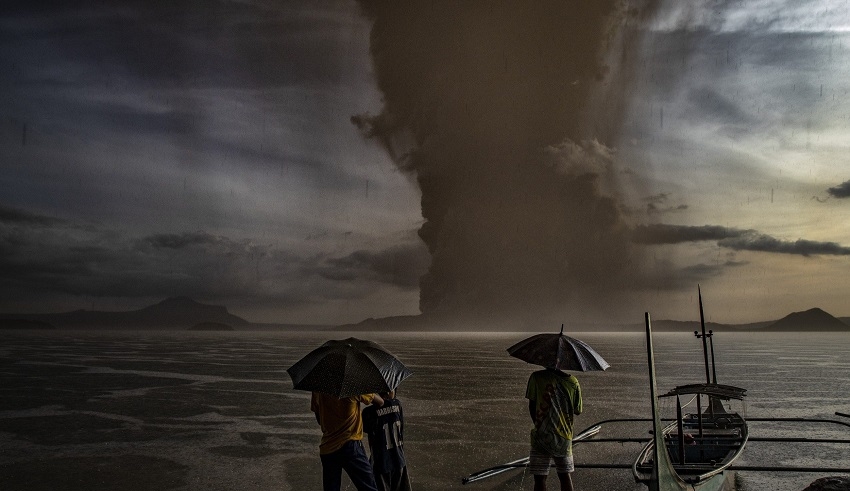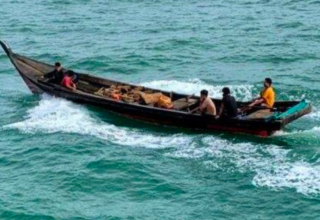
The ongoing evacuations of thousands of people from their homes in the central Philippines to escape a restless volcano are being complicated by a new danger: monsoon rains that an approaching typhoon could bring on.
Northeastern Albay province’s rural communities within a 6-kilometer (3.7-mile) radius of the Mayon volcano’s crater have displaced over 6,000 villagers. The permanent danger zone may also require the relocation of thousands more people, according to officials.
Others who reside outside the perimeter have packed their belongings and voluntarily moved to evacuation centers in Albay, which was declared a state of calamity on Friday to facilitate the quicker distribution of emergency funds in the event of a major eruption.
As superheated streams of gas, rocks, and debris cascaded down the volcano’s upper slope on Thursday, authorities raised the volcano’s alert level. This activity beneath the surface could be a precursor to a dangerous eruption in the coming days or weeks.
One of the nation’s most active volcanoes, the 2,462-meter (8,077-foot) Mayon is a popular tourist destination due to its charming conical shape. When it last erupted violently in 2018, tens of thousands of villagers were forced to flee.
Typhoon Guchol, which is headed towards the Philippines from the Pacific but is forecast to avoid the archipelago, has been warned by authorities that it may still drop heavy rains. This is bad news for those who live on Mayon’s slopes.
Keep Reading
“There’s a typhoon, and floodwaters could rush down Mayon and bury this village,” someone said. That’s one of our worries, a house painter named Villamor Lopez told the news sources.
On a pickup truck transporting villagers from the village of Daraga in the Albay province to an emergency shelter several kilometers (miles) away, he sat anxiously with his relatives holding onto their bags of clothing, pouches of rice, and bottles of drinking water.
While debating whether to leave, other locals conversed by a chapel on the side of the road.
In their relaxed neighborhood of low-slung rural homes and winding dirt lanes, a loudspeaker warned residents to get ready to leave at any time if the situation worsened. The volcano was obscured in the cloudy sky above them by big rain clouds.
Dennis Bon, the village chief, said he wouldn’t take the chance of waiting until the very last minute and was getting ready to drive Lopez and others to the shelter.
Before he drove off, Bon said, “We have kids, people with disabilities, and elderly residents here.
Edcel Greco Lagman, the governor of Albay, and Rex Gatchalian, the secretary of welfare, said they were ready in case monsoon rains brought on mudflows and rockfalls.
Lagman said, “We will continue to ensure that there are no casualties from any compounded calamities.
Along the Pacific “Ring of Fire,” where tectonic plates collide and are more likely to experience earthquakes and volcanic eruptions, is where the Philippines is located. In 1991, one of the largest volcanic eruptions of the 20th century occurred at Mount Pinatubo, a long-dormant volcano, killing hundreds of people.

























